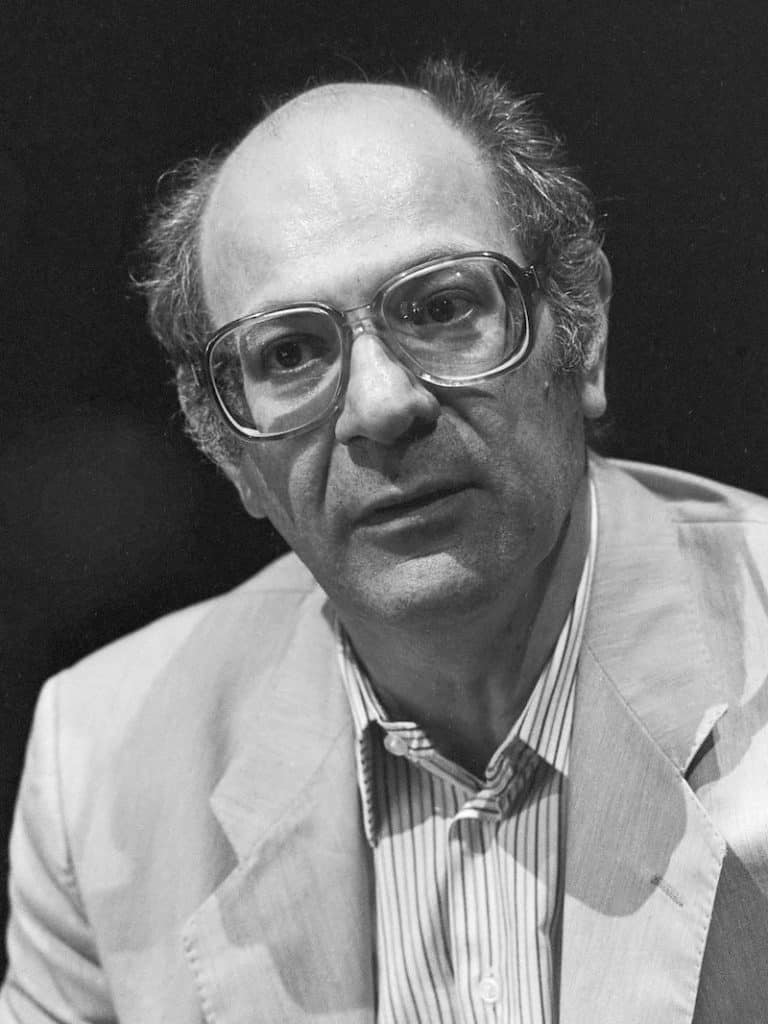When talking about Argentinian composers, most people probably only think of Ástor Piazzolla. While Piazzolla undoubtedly deserves his place in history, he’s just one of many great composers to come from Argentina.
Argentina is a country with an incredible musical heritage. Though you may not know many of their names, composers from this country have made many great contributions to classical music, from the tango-inspired works of Ástor Piazzolla to the operas of Alberto Ginastera.
In this blog post, we’ll take a look at 13 of the greatest Argentinian composers in history. Read on to learn who they are!
1. Ástor Piazzolla (1921–1992)
Considered Argentina’s greatest composer, Ástor Piazzolla was born in Mar del Plata in 1921. He began his career in Aníbal Troilo’s famous tango orchestra.
His greatest accomplishment is the invention of nuevo tango, a new style that revolutionized the genre by mixing classical music and jazz with traditional tango. This is showcased in his greatest piece, Le Grand Tango.
Known for playing the bandoneon, Piazzolla also wrote music for different groups, including full concert orchestras, small jazz bands, and solo guitarists.
2. Alberto Ginastera (1916–1983)
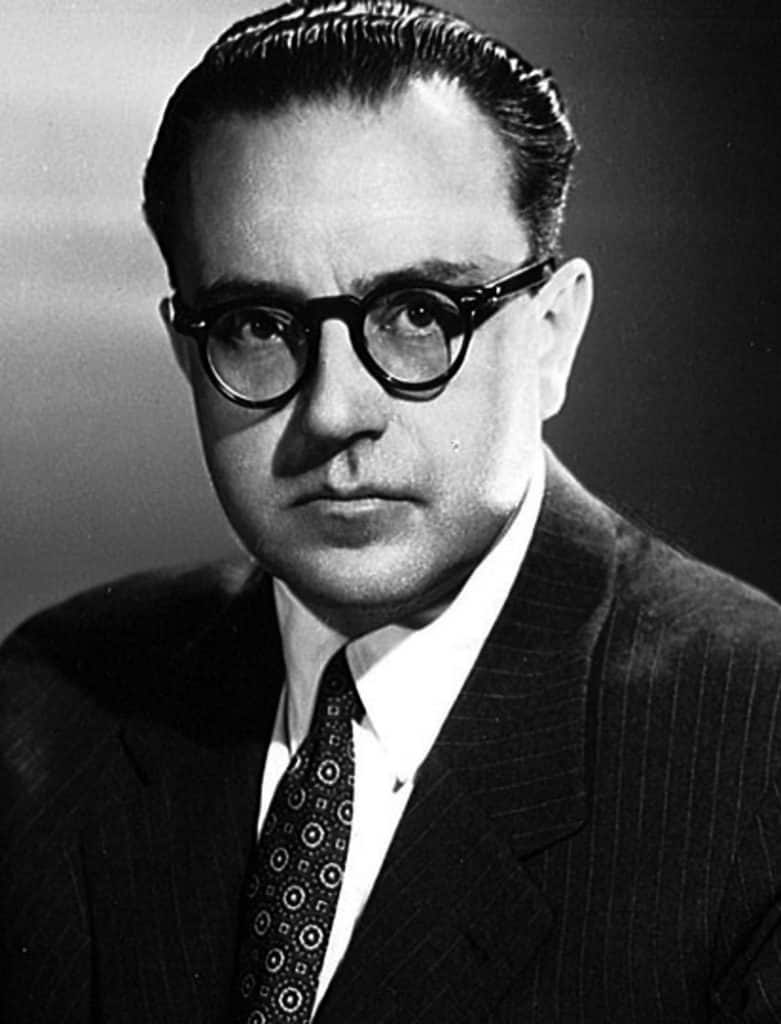
Alberto Evaristo Ginastera became one of the most significant composers from South America in the 20th century. Though known as a traditionalist whose pieces are heavy with Argentine folk music and national pride, he also added a modern twist to them.
He composed several operas, ballets, orchestral pieces, chamber music, and solo works. Many of these were not just performed in his land of birth but also critically acclaimed internationally.
Workes that hailed Ginastera as a master composer include the operas Don Rodrigo (written from 1963 to 1964) and Bomarzo (finished in 1967). His ballets, like Estancia and Panambí, also received praise for their use of traditional Argentinean folk music.
3. Osvaldo Golijov (1960–)
Born in La Plata in 1960, Osvaldo Golijov was part of a Romanian Jewish family who had immigrated in the years prior. He studied piano from a young age and was taught by Gerardo Gandini before moving to Israel to further his studies.
Golijnov has held many positions throughout his career, and his compositions earned him the admiration of many critics and academics alike. Some of his best-known pieces include The Dreams and Prayers of Isaac the Blind and St. Mark Passion.
Golijov is currently the Loyola Professor of Music at the College of the Holy Cross, though he still dabbles in composition, his latest piece being Falling Out of Time (2020).
4. Carlos Gardel (1890–1935)
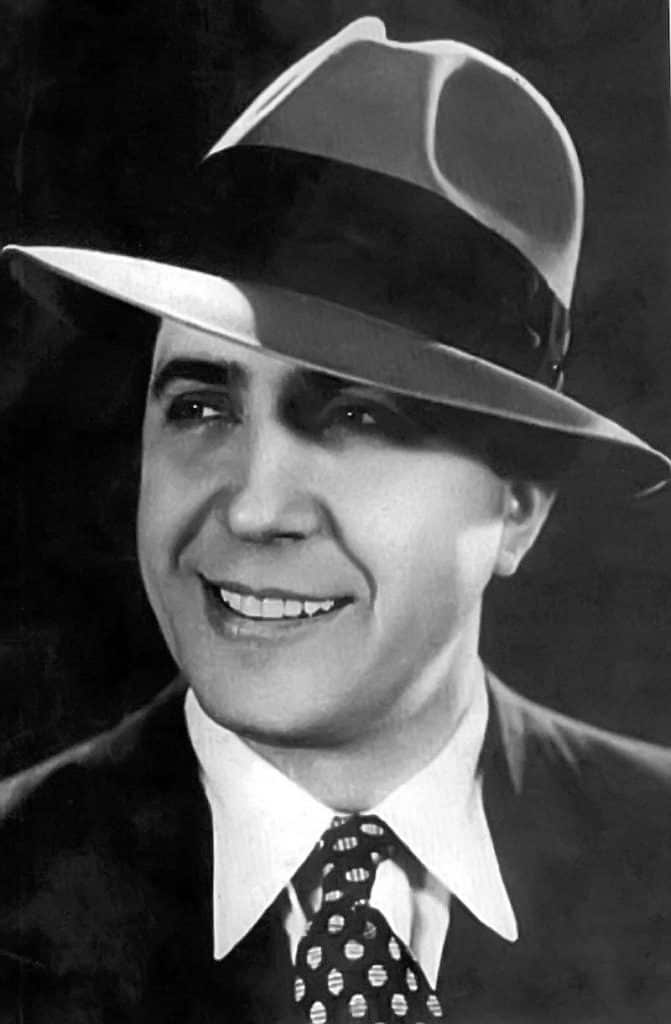
Known as the Father of the Tango, Carlos Gardel is a key figure in the genre, second only to nuevo tango pioneer Ástor Piazzolla.
Gardel was famous for his baritone voice and energetic performances. However, few know that he also composed most of his music, including “Mi Buenos Aires querido,” “Por una Cabeza,” and “El día que me quieras,” among many others.
Though there were tango recordings before Gardel, he was the first to make it popular outside Argentina and Uruguay. His recordings were heard worldwide, giving him the chance to tour many countries.
5. Alberto Williams (1862–1952)
A classically trained pianist, Alberto Williams was a major Argentine composer in the 19th century. He earned a scholarship to study piano in France, where he learned from top European masters.
Like other Argentine composers, Williams was inspired by Argentine folk music, especially as a young adult; and many of his pieces showed this.
His works include symphonies, orchestral poems, overtures, and sonatas for piano and violin. Some of his best-known pieces are “Primera Sonata Argentina,” “Poema del Iguazú,” and “La bruja de las montañas.”
6. Carlos Guastavino (1912–2000)
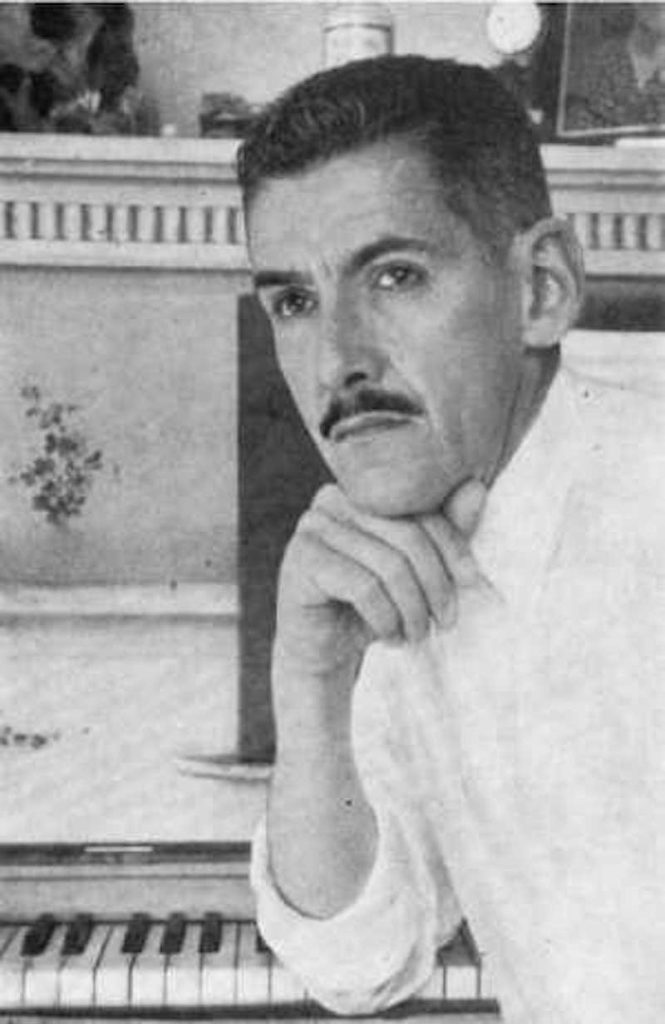
A national treasure of Argentina, Carlos Guastavino is considered one of its foremost classical composers. He created and published over 150 compositions, including songs for voice and piano, solo piano pieces, and other instrumental works, earning several significant awards.
His music often reflects the landscapes and cultural heritage of Argentina, earning him the nickname the “Schubert of the Pampas.” Some of his most famous works include “Se Equivocó la Paloma,” based on a poem by Rafael Alberti, and “La Rosa y el Sauce,” a melancholic song with lyrics by Francisco Silva.
7. Mauricio Kagel (1931–2008)
Mauricio Kagel was born in 1931 in Buenos Aires to a Russian Jewish family that had fled Russia in the 1920s. His career thrived in Buenos Aires and later in Cologne, Germany.
Kagel’s works often broke traditional boundaries; he often mixed theatrical elements into his pieces, characterized by fantasy, humor, and originality. He created compositions for orchestra, voice, piano, and chamber orchestras.
His early piece, Sexteto de Cuerdas, was composed between 1953 and 1957. Another notable work is Staatstheater. Kagel also co-founded the Kölner Ensemble für Neue Musik in Cologne and worked in electronic studios in Cologne, Berlin, and Utrecht.
8. Silvina Milstein (1956–)
Silvina Milstein is one of the most famous Argentinian composers alive today. While she currency resides in London as a professor of music theory at Kings College London, she’s best known for her kaleidoscopic compositions that meld different forms of Argentinian music.
Milstein is also well-known for her analytical pieces on the nature of composition in different eras. You can see the influence of her analytical thought processes on many of her works, including Tigres Azules and Surrounded by Distance.
9. Felipe Boero (1884–1958)
Another influential Argentinian composer is Felipe Boero, who was born on January 1, 1884, in Buenos Aires. He is best known for his opera El Matrero, which debuted in 1929.
Boero’s first composition, an opera called Tucumán, gained recognition as one of the best operas to come from Argentina during the 20th century. It won the Municipal Prize the year it premiered.
While his operatic compositions are his most well-known, Boero also created noteworthy pieces for full orchestras, like the Suite de danzas argentinas and Madrugada en la pampa.
10. Juan Carlos Paz (1897–1972)
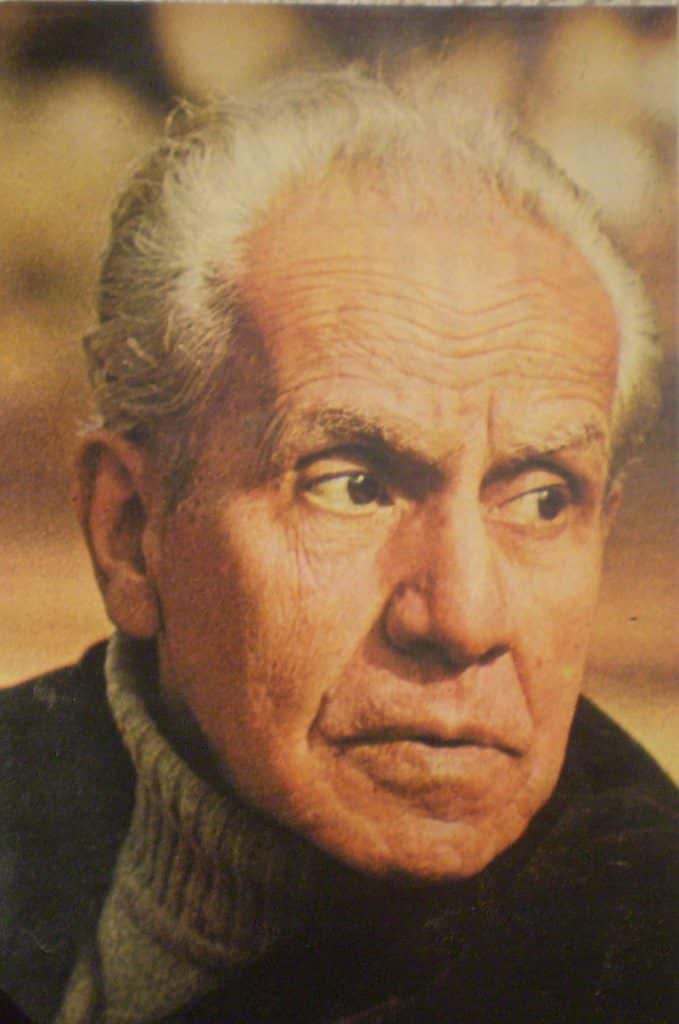
Unlike many of his peers, who incorporated Argentinian folk music into their works, Juan Carlos Paz stood out because he focused on modernizing the country’s music.
Paz introduced twelve-tone music to Latin America in 1934, in his Primera composición dodecafónica for flute, cor anglais, and violoncello. This technique, developed by Arnold Schoenberg, uses twelve notes in various arrangements. Its introduction had a significant impact on the region’s music.
Paz was also a founding member of Grupo Renovación, an influential organization that promoted modern music in Argentina, especially in rural areas.
11. Julio De Caro (1899–1980)
As a talented violinist, orchestra leader, and composer, Julio de Caro helped transform the tango genre during the early 20th century.
De Caro trained under famous tango directors like Eduardo Arolas and Juan Carlos Cobián. He made his professional debut in Buenos Aires and quickly stood out with his innovative style.
He played through the formative years of internationally recognized tango, along with the nuevo tango movement that dominated the scene later on.
Some of De Caro’s famous compositions include “Boedo,” “Mala Junta,” and “El monitor.” These pieces highlight his skill in merging traditional tango with fresh harmonies and rhythms, establishing the “Guardia Nueva” (New Guard) style.
12. Andrés Calamaro (1961–)
Widely held as one of the greatest Argentinian rock musicians to ever live, Andrés Calamaro is an accomplished rock composer and master of several instruments.
Calamaro got his start with the band Los Abuelos de la Nada, but his solo work, like the songs “Cosas Que Me Ayudan A Olvidar” and “El Salmón,” is what has earned him his legendary status among Argentines. He has written more than 100 songs, many of which can be found in his 5-disc album El Salmón.
He’s a Latin Grammy winner and multi-Platinum record holder for several of his works across different genres, including funk, tango, reggae, and more.
13. Julián Aguirre (1868–1924)
We close with Julián Aguirre. This celebrated Argentinian composer founded the Escuela Argentina de Música in 1916, helping to shape the country’s musical world.
Unlike many composers of his time who followed popular trends, Aguirre developed his own voice in classical music. His works showed traditional Argentine rhythms and melodies even though he was influenced by French music and studied in Paris.
Some of his famous works include Aires Nacionales Argentinos and Triste no. 1. His chamber music also stands out and influenced other Argentine composers like Carlos Guastavino.
Summing Up Our List Of Great Argentinian Composers
Argentina’s music is rich and diverse, thanks to its great composers. They inspire new generations to explore and innovate, keeping Argentina’s musical legacy alive and growing.
Whether through the passionate tango or intricate classical compositions, their music will keep audiences enchanted for years to come.
And that wraps up our list! We hope you enjoyed learning about some of the greatest composers from Argentina. Go ahead and check out their works and experience the beauty and power of Argentinean music firsthand.

